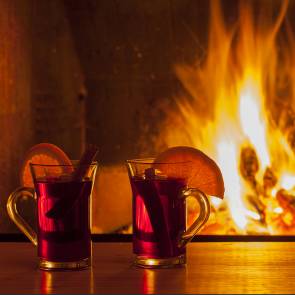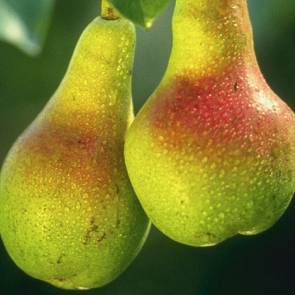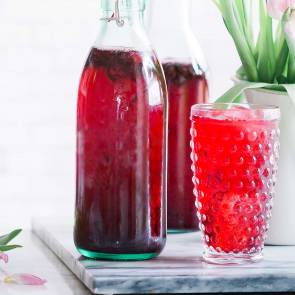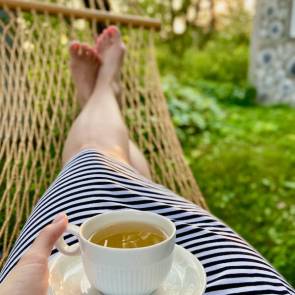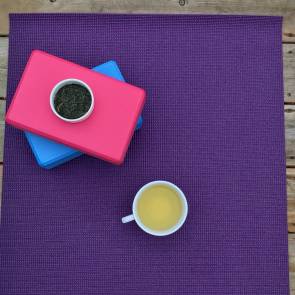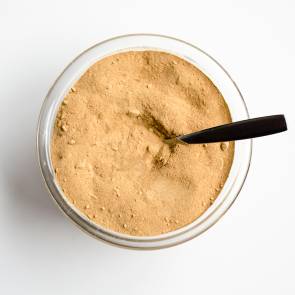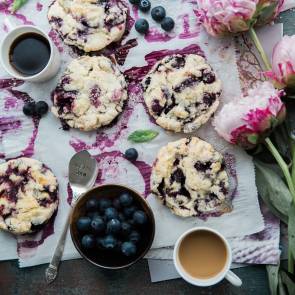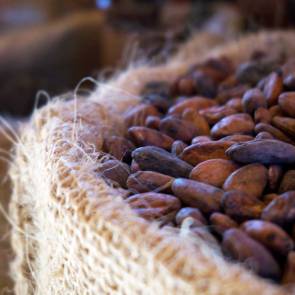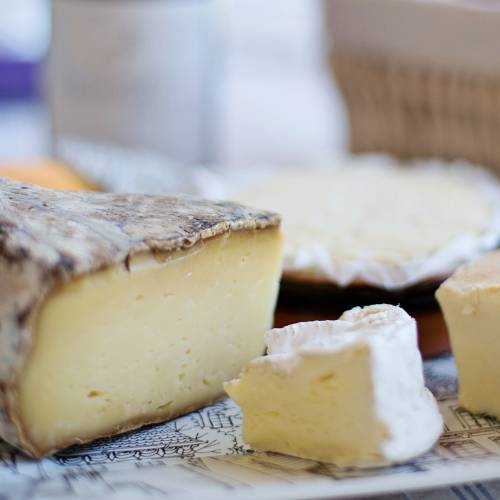
Who can resist cheese? The rich, creamy, sweet, spicy, umami, and/or smoky flavours of different types of cheese are a delicious and indulgent treat. Wine pairs well with cheese, the tannins and astringency help balance the palate from the rich creaminess of the cheese, and vise-versa. Tea works in the same way.
Offering tea to pair with food is not a new concept, and it is quite simple to have a wonderful tea and food pairing from the comfort of your own home.
If you are familiar with wine pairings, you can apply similar principles to tea. For example, you may pair a strong, aged cheese with a bold red wine. The strong cheese will have a high fat content and rich flavours, counteracting high tannins in the bold wine. Neither the wine nor the cheese will overpower the other. One nice perk of tea and cheese is the heat from the tea helps enrich the flavours of the cheese.
Black Teas
Black teas are higher in tannins than other teas, the perfect tea to pair with stronger cheeses.
- Lapsang Souchong – The smokiest black tea around, this one is actually low in tannins and has a slight fruity undertone. The high smoke would go well with aged cheeses with strong flavours and aromas. Roqufort is an excellent example of this.
- Assam TGFOP – This malty and fruity black tea enhances the flavour of semi-sweet, nutty cheeses, such as an aged Manchego, Scottish Caboc or any other nutty and strong cheeses.
- Darjeeling Black – This black tea is often referred to as the ‘Champagne’ of cheeses, it is delicate, fruity and bright with a clean finish. It pairs wonderfully with Brie. The tea helps to refresh the palate after the rich, creamy flavour and texture of the well-known French cheese.
Pu-erh
A unique tea from China, aged for several years before being consumed. It has no astringency, but complex, rich, earthy flavours. This tea would certainly pair well with smokey, nutty, or earthy cheeses, but would also work with a sweeter aged hard cheese. Try our loose leaf Pu-erh, which is slightly lighter and less complex than traditionally prepared Pu-erh cakes, a great option for starting out with Pu-erh.
Green Teas
Green teas often have bright flavours, with grassy, vegetal, buttery or citrusy notes. These lively teas go well with creamy, lighter cheeses.
- Sencha or Imperial Dragonwell – These teas are comparable in flavour, and would make an excellent pair with a sweet, creamy goat cheese. Although goat cheese is relatively light, it does have a distinct flavour. Sencha and Dragonwell have a buttery mouth feel but clean finish, with a nutty and vegetal flavour. The perfect balance for a sweet, and creamy goat cheese.
- Midnight Jasmine – A traditional, naturally flavoured green tea with delicate flavours of jasmine flowers. This sweet, floral green tea, would pair well with a Camembert, a rich, creamy cheese with subtle flavours.
Oolong and White Teas
Oolong falls between green and black teas, more processed than green, less processed than black. There are light and dark oolongs. White teas are the least processed and the most delicate.
- Wuyi Rock Oolong – A smoky, fruity and slightly nutty dark oolong, incredibly complex. It would pair nicely with a salty cheese such as Stilton. The complexity of this tea makes it easy to pair with a variety of cheeses, from sweet, to earthy, to nutty.
- Iron Goddess Oolong – A light oolong with a crisp finish and subtle notes of floral and grass. It would pair nicely with a hard nutty cheese, the flavours in the tea would compliment the cheese and vise-versa.
- White Peony – A delicate white tea with floral notes, it would pair wonderfully with light creamy cheeses, such as a subtle Brie, Camembert, or Muenster. The clean finish of the tea will help to refresh the palate between rich bites of these creamy cheeses.
Now that you have some suggestions, experiment! There are no rules, but there are guidelines. Think of flavours that compliment each other - a tea with chocolatey notes with a nutty cheese, or a fruity, malty tea with an earthy cheese, a light tea with a light cheese (or a light tea with a rich cheese). What you should be looking for is that the cheese and tea do not overwhelm one another, but work to enhance the experience of the other. A tea may be used to clean your palate between cheeses, or it may be used to enchance a subtle flavour in the cheese.


